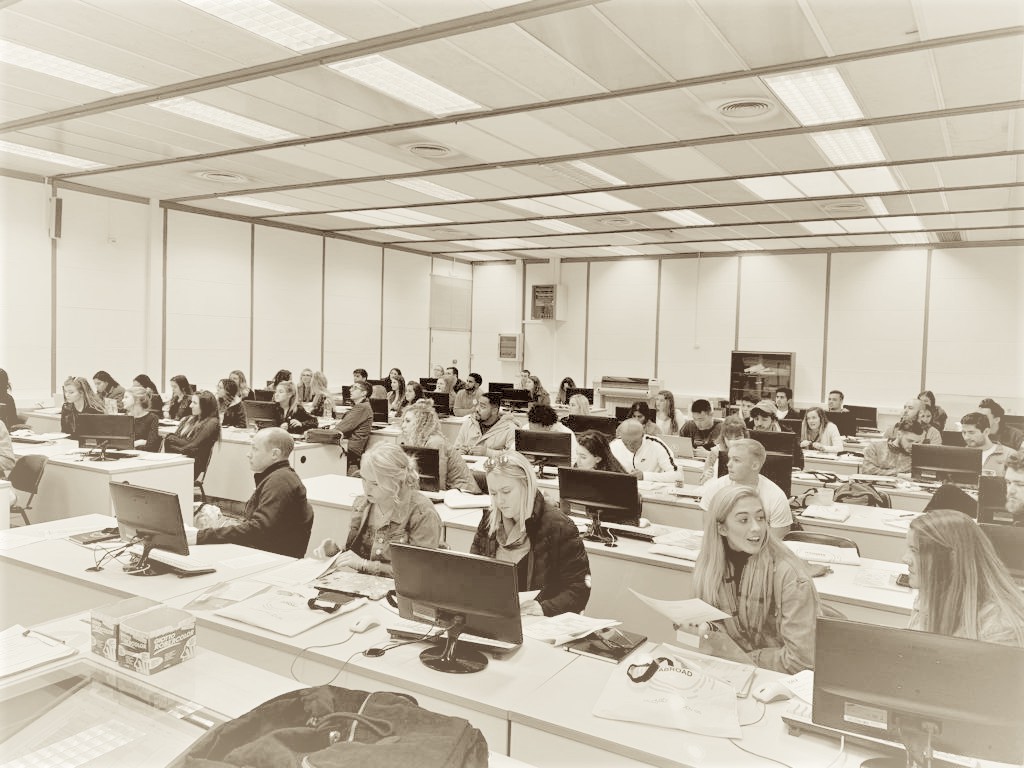
|
|

• Attendance
• Assessments
• Sexual Harassment Policy
• Students With Disabilities
• Academic Honesty Policy
• University Ombudsman
• Statement On Audio And Video Recording
• Syllabus Change Policy
PHY213
3 Credits | 200 Level | 38 Contact hours
The primary reference for the course is:
Elements of Thermal Physics, 5th edition by James P. Wolfe, Hayden-McNeil Macmillan Learning.
eISBN: 9780738096957.
It can be bought online at:
https://hmpublishing.redshelf.com/book/728178/elements-of-thermal-physics-728178-
9780738096957-james-p-wolfe
Physics 213 is a calculus-based, introductory course in thermal physics. Topics include:
• First and second laws of thermodynamics.
• Kinetic theory of gases
• Heat capacity
• Heat engines
• Introduction to entropy and statistical mechanics
• Introduction to free energy and Boltzmann factor
• Many, many applications.
1. Equilibrium, entropy, and energy.
2. Heat and temperature.
3. Ideal gases and equipartition.
4. Equipartition and molar heat capacity.
5. Boltzmann factor.
6. Thermodynamic processes.
7. Reversible processes.
8. Helmholtz free energy.
9. Chemical equilibria and chemical potential.
10. Gibbs free energy.
11. Phase transition.
12. Thermal radiation.
Upon completion of this course, students will be able to:
• Identify and describe the statistical nature of concepts and laws in thermodynamics, in
particular: entropy, temperature, chemical potential, free energies, partition functions.
• Use the statistical physics methods, such as Boltzmann distribution, Gibbs distribution,
Fermi-Dirac and Bose-Einstein distributions to solve problems in some physical systems.
• Apply the concepts and principles of black-body radiation to analyse radiation phenomena
in thermodynamic systems.
• Apply the concepts and laws of thermodynamics to solve problems in thermodynamic
systems such as gases, heat engines and refrigerators.
• Analyse phase equilibrium condition and identify types of phase transitions of physical
systems.
• Design, set up, and carry out experiments; analyse data recognising and accounting for
errors; and compare with theoretical predictions
PRELECTURES: maximum 50 points.
CHECKPOINTS: maximum 50 points.
HOMEWORKS: maximum 150 points.
LABS: maximum 450 points.
MIDTERM EXAM: maximum 150 points.
FINAL EXAM: maximum 300 points.
|
